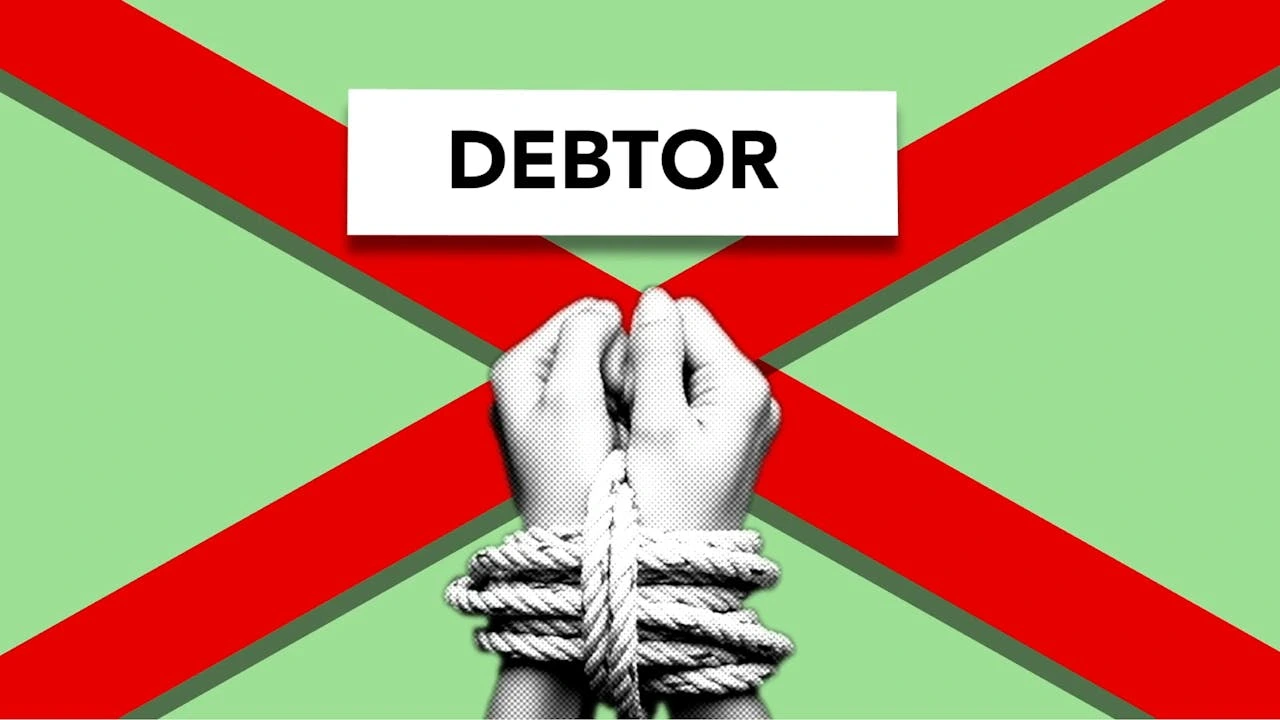Need quick cash? Before you text Tito Sputnik for a ‘5-6’ loan, know this: That “easy money” could cost you 20 times more than a bank loan.
Meet Aling Tess, a market vendor in Santa Rosa Public Market. She borrowed ₱5,000 through a ‘5-6’ loan to restock her stall. Now she pays ₱6,000 in just a day—or ₱300 a day if the collector gives her palugit. The problem? She’s stuck in a repayment cycle: every time she makes a sale, most of it goes to paying off interest. So, she borrows again.
While ‘5-6’ loans may seem fast and “judgment-free,” their long-term cost—and consequences—can bury small businesses like Aling Tess’s. There are safer, smarter ways to finance your business needs.
The Shocking Math of ‘5-6’ Loans
Let’s break it down.
|
Loan Source
|
Amount Borrowed
|
Total Repayment (30 Days)
|
Interest Rate
|
APR (Est.)
|
|
‘5-6’ Loan
|
₱10,000
|
₱16,000
|
20% daily interest
|
~7,300%
|
|
Bank Loan (e.g., SME loan)
|
₱10,000
|
₱10,500
|
~1.5% monthly interest
|
~18%
|
|
Coop Loan (e.g., Paluwagan)
|
₱10,000
|
₱10,300
|
1–3% monthly interest
|
~12–36%
|
That’s the trap. What seems like a ₱1,000 patong is actually an exorbitant interest rate that keeps small businesses in survival mode.
According to the lending act RA 9474 also known as the Lending Company Regulation Act, lenders must disclose effective interest rates and comply with licensing rules. Informal lenders? Not so much. And that puts borrowers in a dangerous gray area.
When ‘5-6’ Loans Become Debt Traps
Many Filipinos turn to ‘5-6’ lenders (often informal lenders or so-called “Indian nationals”) because:
- No documents needed
- Cash on the spot
- Daily collection “keeps it simple”
But here’s the catch:
- Repayment cycle: You borrow to buy goods → profits go to interest → borrow again.
- Harassment: Some predatory lenders use profane language, threats, or even false representation as “legal agents.” This violates Securities and Exchange Commission's (SEC) lending practices guidelines.
- Psychological stress: Constant debt affects not just your finances but your dignity, sleep, and even family relationships.
Per the Securities and Exchange Commission (SEC), aggressive or harassing collection practices from non-bank financial institutions and informal lending practices are illegal. Borrowers can face pressure from collectors who aren’t bound by law—but you still have rights.
5 Safer Alternatives to ‘5-6’ Loans
Before falling for another “utang ng dugo,” consider these better, safer options:
1. Cooperative Loans / Paluwagan
- Interest: 1–5% per month
- Why it’s better: Transparent terms, community-backed trust
- Example: Nay Maria borrowed ₱8,000 from her barangay cooperative at 3% interest. Her sari-sari store tripled its daily sales in two months—without drowning in patong.
2. Online Microloans (e.g., Tala, Billease, GCash Borrow)
- Interest: ~0.1–0.3% daily
- Why it’s better: App-based, clear repayment schedules
- Caution: Still higher than banks, but regulated by Bangko Sentral ng Pilipinas
3. SSS or GSIS Calamity Loans
- Interest: 6% per year
- Why it’s better: Long repayment terms, no harassment, legal protection
4. DTI P3 Program (for Micro Enterprises)
- Interest: As low as 2.5% monthly—or interest-free for qualified micro entrepreneurs
- Why it’s better: Aimed at reducing exploitative lending practices among small businesses
- Check eligibility via the DTI P3 Program page
5. Family Loans—with a Written Agreement
- Pro tip: Agree on terms (‘5-5’?) to avoid conflict.
- Treat it like a real loan. Put it in writing to protect the relationship.
When ‘5-6’ Might (Barely) Make Sense
We’re not going to pretend you’ll never need fast cash. But if you're truly out of options, here’s the only way a ‘5-6’ loan doesn’t spiral:
- You can pay it in full on the same day
- It’s for a genuine emergency (e.g., medicine or hospital bills)
- If your suki lender says it’s “utang ng dugo,” RUN.
How to Break Free from a ‘5-6’ Loan Trap
If you’re already in deep, here’s how to start climbing out:
- Switch to a cheaper loan
- Consolidate your ‘5-6’ debt with a cooperative or formal lender.
- Use part of the new loan to pay off the old one entirely—then close that door.
- Negotiate interest rates
- Many informal lenders will lower interest to keep you from defaulting.
- Don’t be afraid to ask: “Pwede bang gawin 5-3 muna ngayon?”
- Report illegal collection or harassment
- The SEC accepts complaints against unlicensed and abusive lenders.
- You can also report harassment to the National Bureau of Investigation (NBI).
TL;DR – Key Takeaways
- Avoid ‘5-6’ at all costs. A 20% daily interest is the fastest route to bankruptcy.
- Better options exist: Cooperatives, online lending companies, government programs like DTI’s P3.
- Use ‘5-6’ only in real emergencies—and only if you can pay it off the same day.
- Know your rights: Harassment, threats, or unregistered collection agents are illegal. Report them.
Final Thoughts: You Deserve Better Than ‘5-6’
Quick cash shouldn’t come at the cost of your peace of mind, your business, or your dignity. ‘5-6’ might feel like the only door open during hard times—but it often leads to a cycle that’s hard to escape.
The good news? You have real, safer options. From government programs to digital microloans to trusted cooperatives, help is out there—you just need to know where to look and have the courage to ask.
If you’re unsure where to start, platforms like LoanOnline let you compare legit, regulated loan offers in minutes—so you can find the best rate without falling into a trap.
Whether you’re a vendor, freelancer, or small or medium enterprise owner, you deserve financing that helps you grow—not one that keeps you stuck.
Build your future with a smarter foundation. Say no to utang ng dugo. Say yes to loans that work for you—not against you.
References
